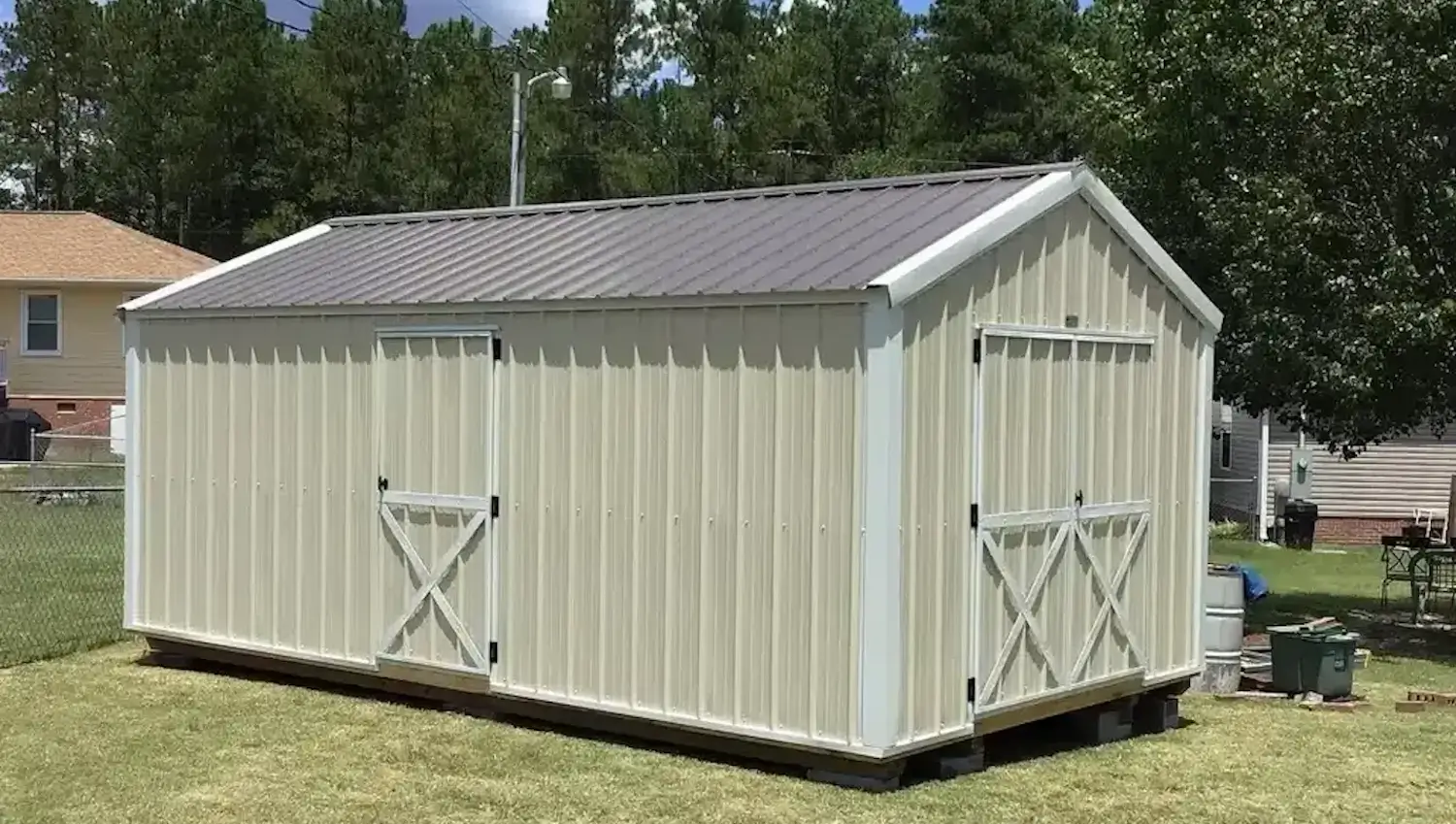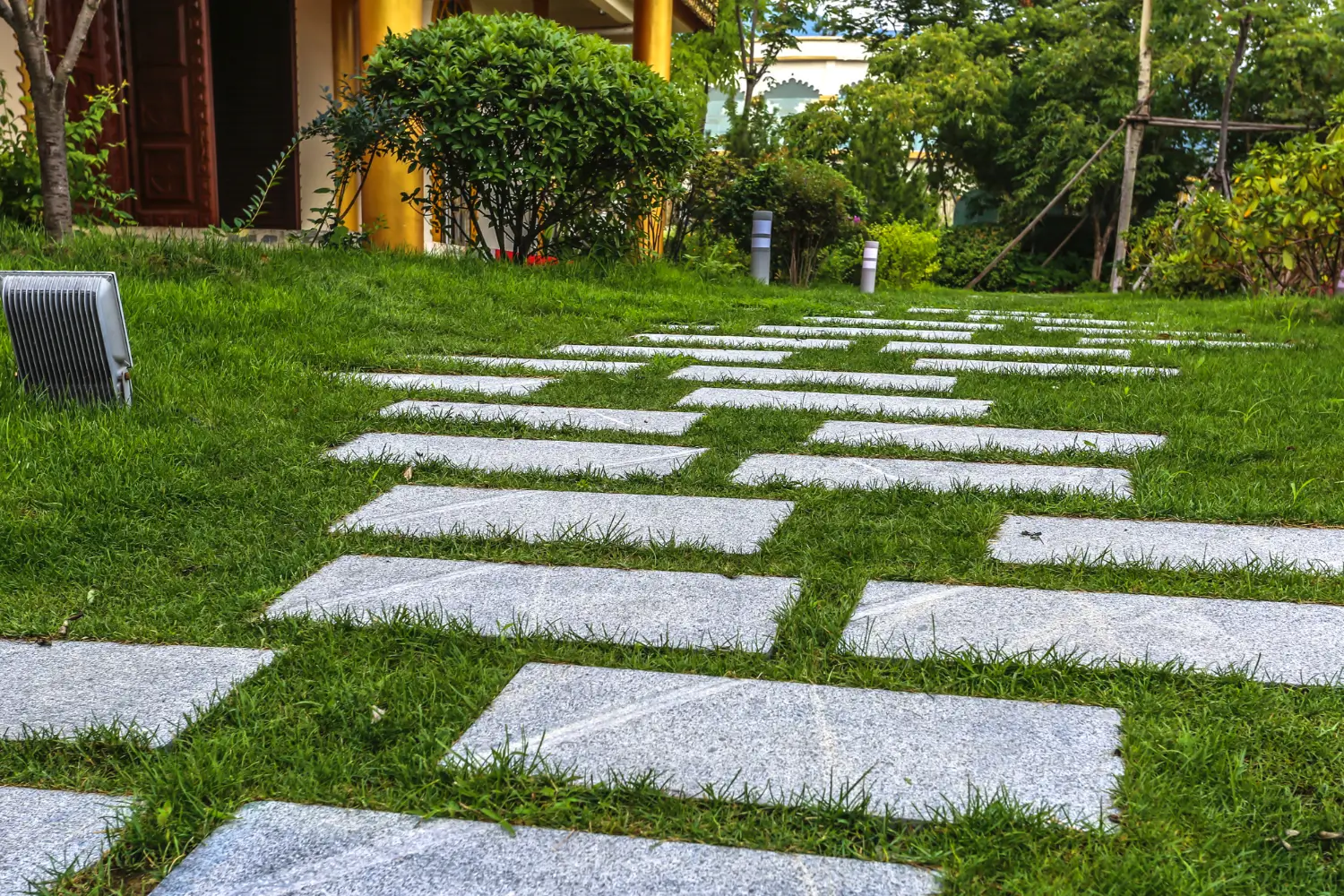
August 24, 2025

Spending time in a garden is something that many people love, but walking over wet grass or soft soil can be a challenge. Shoes get dirty, paths get slippery and plants on the way might be damaged. That is why stepping stone walkways are such a smart solution. They facilitate an easy way of navigating the garden and secure the space.
Stepping stone walkways serve two purposes and are appealing simultaneously. They prevent feet from getting wet, direct visitors safely and protect the plants. And they still let people project their
Stepping stone walkways seem to be more than just a design preference; there is something about them that brings functional advantages to any garden. They solve common problems, add charm, and can even save money.
One of the best things about stepping stones is their practicality. They make garden paths easy to walk on, even after rain, protecting shoes and keeping the ground free of mud. Instead of getting the feet wet in the soil, walk on solid stones. These paths also help guard the garden. Stepping stones help direct foot traffic so people do not trample over flower beds or ruin the landscaping.
In addition to being practical, stepping stones can also help to create an aesthetic in the outdoor space. A nice path is always good in the garden because it leads the eye and the body, providing flow and direction. They can also be chosen to coordinate with a specific theme or style like rustic, modern, playful, uniting the entire project. Stepping stones make an everyday walkway into a thing that feels simultaneously useful and decorative.
Affordable stepping stone paths are so popular because they don’t need to be expensive to look good. A lot of quirky walkway ideas make use of materials that are inexpensive or repurposed. Use old bricks, reclaimed pavers, gravel or even broken concrete to create charming paths. With some imagination, anyone can design a walkway that is as handsome without stretching the budget.
Designing a stepping stone walkway does not have to cost a fortune. Below are practical and inspiring ideas that balance function, beauty, and budget.
Making use of what users already have is one of the best ways to avoid wasting money. Rather than purchasing new stones, many homeowners build delightful paths using recycled or leftover materials:
These options are exceedingly cheaper and environmentally friendly.
For relaxed, natural gardens, where the goal is to create a free-form look:
This look seems as if it were always meant for the landscape.
Cheaper materials like gravel or pavers also work to create a pretty and functional stepping stone path:
This is an easy way to make a path more interesting.
Decorative step stones can be used as art in the yard when they feature artistic details:
These designs not only guide the way but also become focal points in the garden.
For designs like those of minimalist and contemporary gardens, the user has to use a clean and organised layout:
It's the kind of combo of structure and softness that's all about the balance and the style.
Green gardening tips help gardeners save money and treat the planet with kindness:
These materials are usually very inexpensive or free and bring out the handmade quality in the garden.
There are many different ways to design creative walkway landscaping, and it all depends on the mood or look a gardener is trying to capture. Whether natural and rustic or sleek and modern, every style contributes to the character of the garden.
Designing a stepping-stone path is more than simply laying down stones on the ground: It’s building a path that is inviting and feels right, that suits the home and garden, as well as the people who live there.

The design of a path determines the feel of the garden as a whole. Straight paths can be proper and efficient; curved ones feel mysterious and soft. A well-considered flow makes the garden feel bigger and more inviting.
A path is useless if people are not comfortable walking on it. Stepping stones should be spaced at a natural stride length to make the motion easy.
The materials of a walkway can influence how it looks and how it feels underfoot. Creating a mix of textures and colors can give a path depth, and it can become a garden feature.
The stepping stones are only as good as what surrounds them. Fillers aid drainage, block weeds and beautify the walkway.
Practical Fillers
Living Fillers
By carefully selecting fillers, the walkway can go from completely utilitarian to blending right into the garden’s design.
Today, environmentally friendly options make it both a cost-effective and environmentally friendly walkway. With some creativity, eco-friendly choices can be as stylish as expensive materials.
Creating a stepping stone path can be a great way to establish a winding walkway or path in the yard. With proper care, the walkway will remain a strong and beautiful piece for years to come.

Good results begin with proper planning. Choose shape, size and layout prior to finishing the stones.
Durability and comfort are dependent on a stable foundation.
Using them to anchor stones properly will also prevent shifting and restore the appearance of the walkway.
Add personal touches that will make the pathway unique and creative.
Even well-built walkways need care to stay safe and attractive.
Stepping stone walkways are both functional and decorative. They are a great way to introduce some playful, creative elements to the garden and driveway. They keep shoes clean, shield plants and make walking a breeze, even after rain. At the same time, they bring style and identity, of the rustic, modern or whimsical variety. These pathways also encourage one to slow down and experience their garden.
With a little planning and care, they can last for years, continuing to make the garden look fresh and inviting. Readers can browse through Growcycle to find more backyard walkway inspiration and great ideas for constructing amazing, sustainable garden features.
Disclaimer: This material is for informational purposes only and should not be relied on for legal, medical, financial, or any other form of professional advice.
Surrounding the path with plants, groundcovers or gravel will soften the appearance. A variety of textures and shapes in the walkway also make it more appealing.
Experiment with mosaic stepping stones, reclaimed brick patterns or even pebbled or grassy patches between the stones. A blend of shapes and patterns makes for an interesting look.
Select shapes and colors that complement the garden’s style. Plant moss, thyme or grass between stones, or use shells or tiles as decorative details.